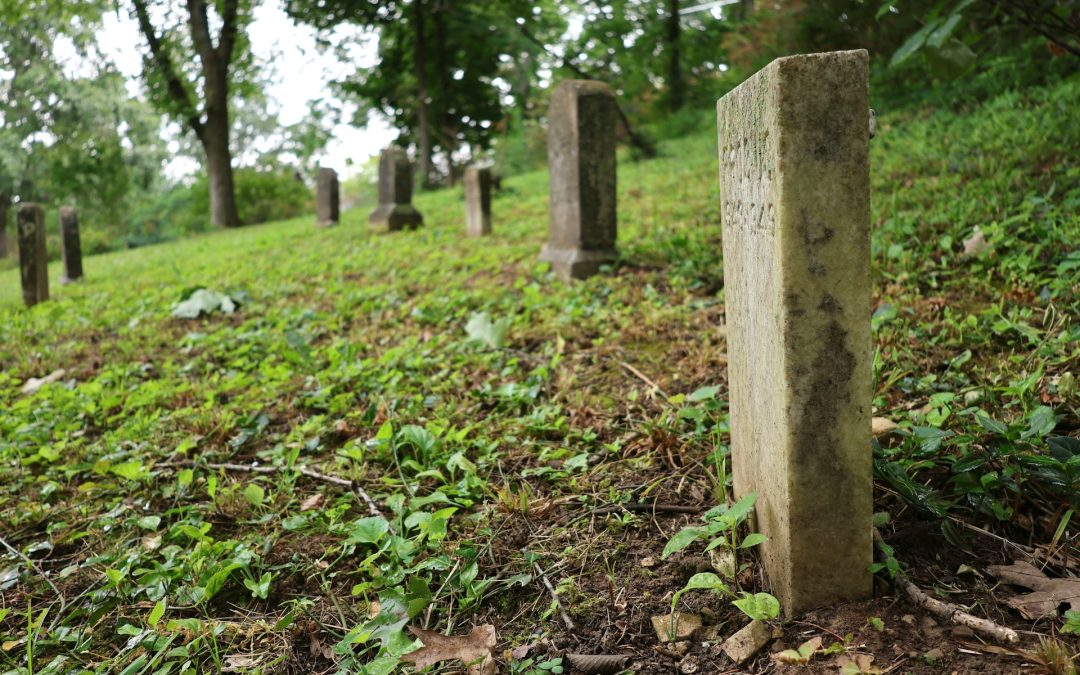Creating a Family Cemetery is a deeply personal and significant decision, often driven by a desire to honor family history and provide a lasting resting place for loved ones. While the process may seem daunting, careful planning and consideration can ensure a respectful and meaningful outcome. This guide from Shastone will provide you with a step-by-step approach to creating a Family Cemetery on your own property.
1. Legal and Regulatory Considerations:
- Check Local Ordinances: Begin by thoroughly researching local zoning laws and regulations regarding private cemeteries. These may vary significantly depending on your location.
- Obtain Necessary Permits: You will likely need to obtain permits from your local government or health department to establish a private cemetery on your property.
- Consult with an Attorney: An experienced attorney can guide you through the legal and regulatory requirements, ensuring compliance and minimizing potential legal issues.
2. Site Selection and Preparation:
- Choose a Suitable Location: Select a peaceful and respectful location on your property for the cemetery. Consider factors such as privacy, accessibility, and drainage.
- Site Preparation: Prepare the chosen site by clearing the area, leveling the ground, and ensuring proper drainage. You may need to consult with a landscape architect or a civil engineer for assistance.
3. Cemetery Design and Layout:
- Determine the Size and Layout: Plan the size and layout of the cemetery based on the number of family members you anticipate interring. Consider a design that reflects your family’s values and aesthetics.
- Choose Memorial Markers: Select the appropriate granite headstone or other memorial markers that complement the cemetery’s design and honor the memory of your loved ones.
4. Installation and Maintenance:
- Professional Installation: Engage the services of a qualified monument installer to ensure proper installation of granite headstones and other memorial markers.
- Ongoing Maintenance: Establish a plan for ongoing maintenance of the cemetery, including mowing, trimming, and keeping the area clean and well-maintained.
5. Legal and Record Keeping:
- Create a Cemetery Deed: Establish a legal deed for the cemetery, clearly defining its boundaries and ownership.
- Maintain Accurate Records: Keep detailed records of all interments, including the names of the deceased, dates of burial, and plot locations.
Ethical Considerations:
- Respectful Design: Design the cemetery with respect for the deceased and the surrounding environment.
- Perpetual Care: Ensure that the cemetery is maintained properly and respectfully for generations to come.
- Community Impact: Consider the potential impact of the cemetery on the surrounding community and address any potential concerns.
Working with Shastone for Your Family Cemetery
At Shastone, we understand the significance of creating a meaningful and lasting tribute to your loved ones. We offer a wide range of high-quality granite headstones and other memorial options to help you honor your family’s legacy. Our experienced team can guide you through the selection process and provide expert advice on designing and creating a beautiful and respectful family cemetery.
Contact Shastone today to discuss your vision and explore our collection of memorial options. We are committed to helping you create a lasting tribute that honors your family for generations to come.

